Specialized 2010 road preview
Thorough revamps and overhauls across the Specialized road range for 2010
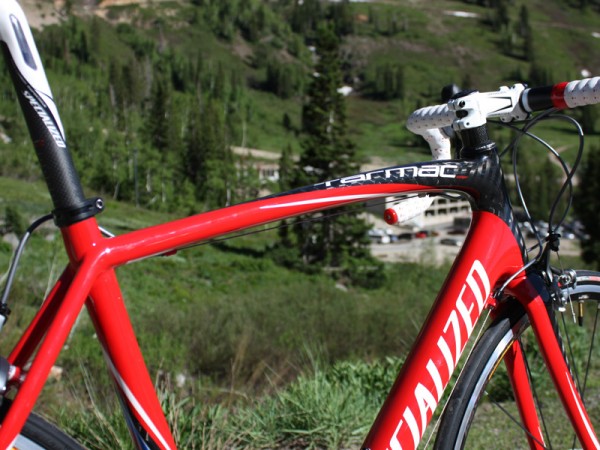
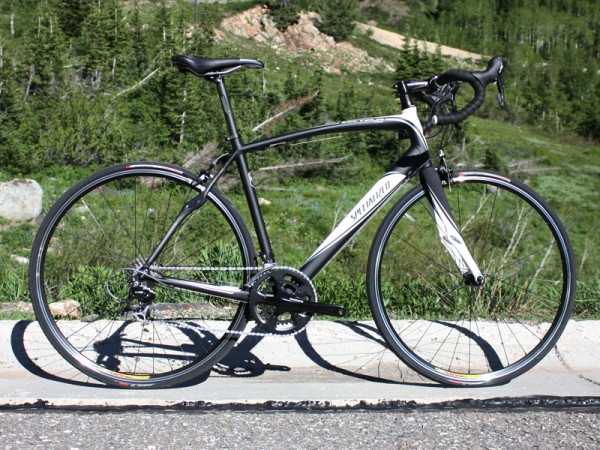
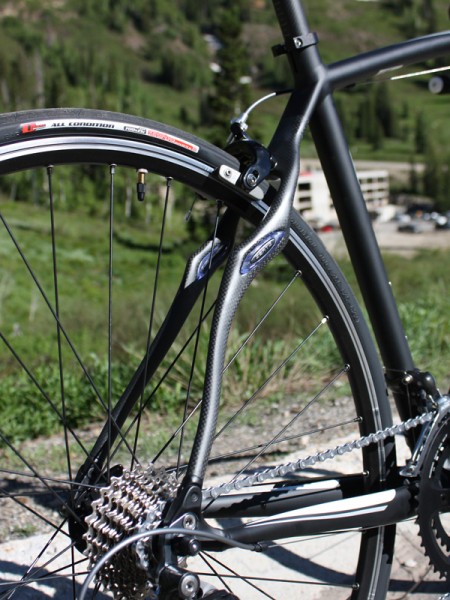

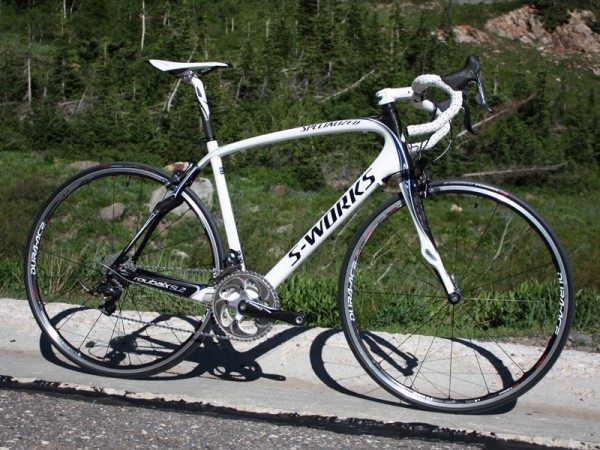
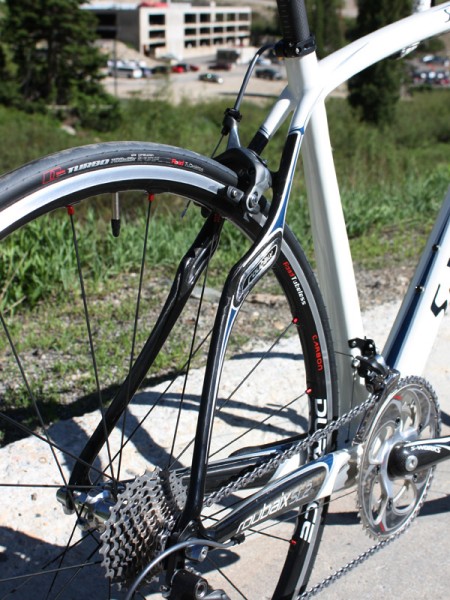
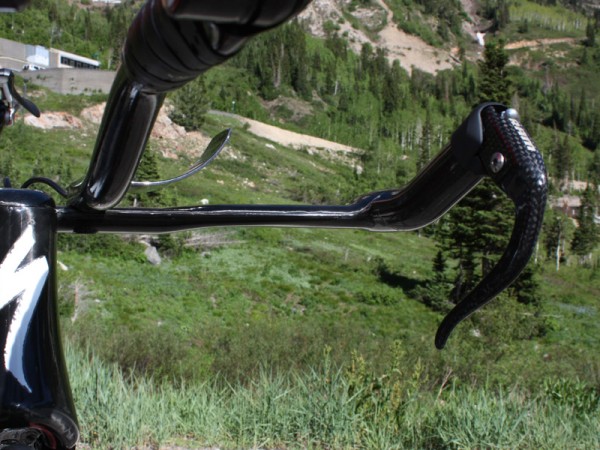

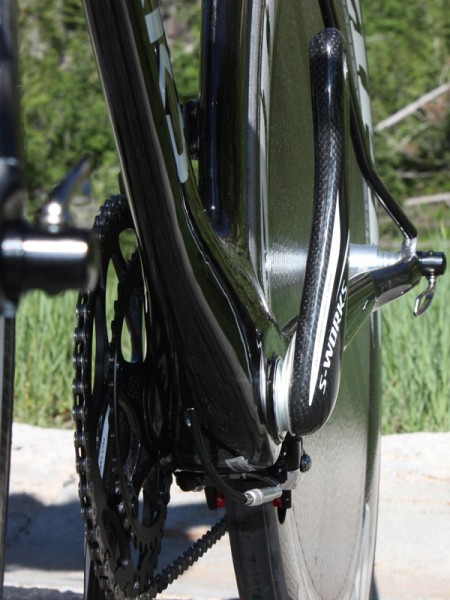
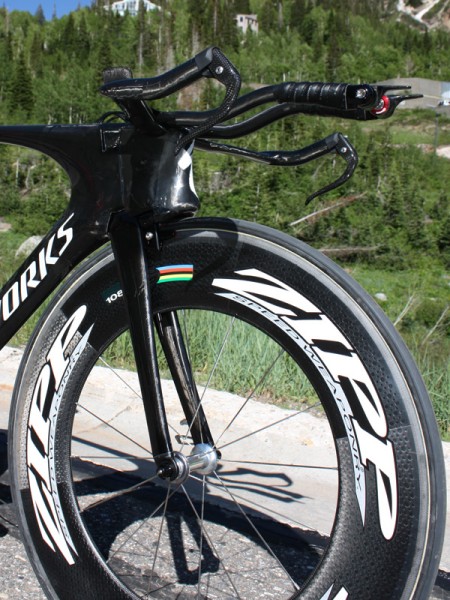
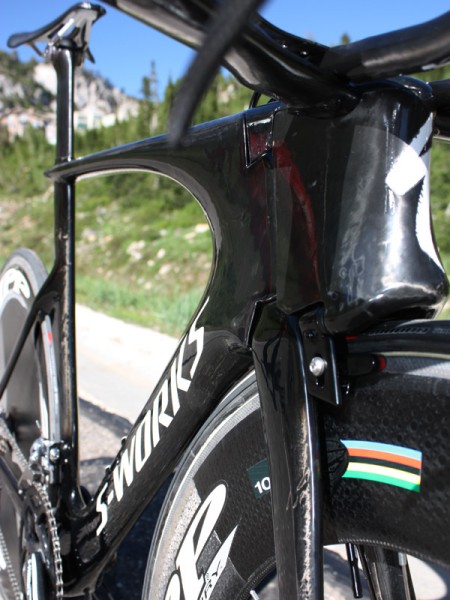
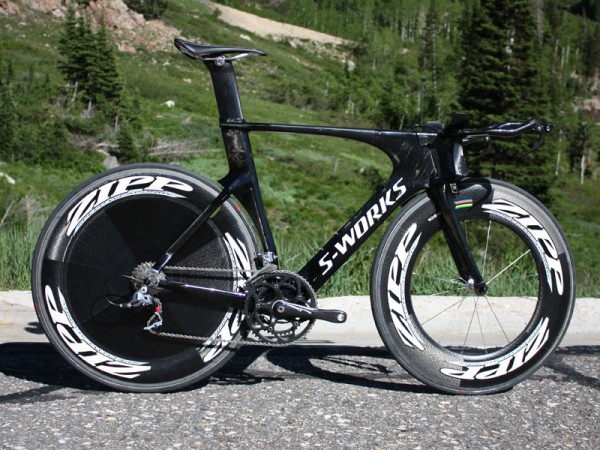
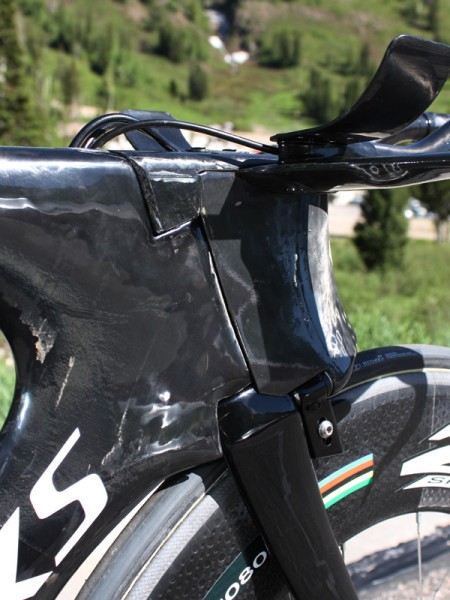
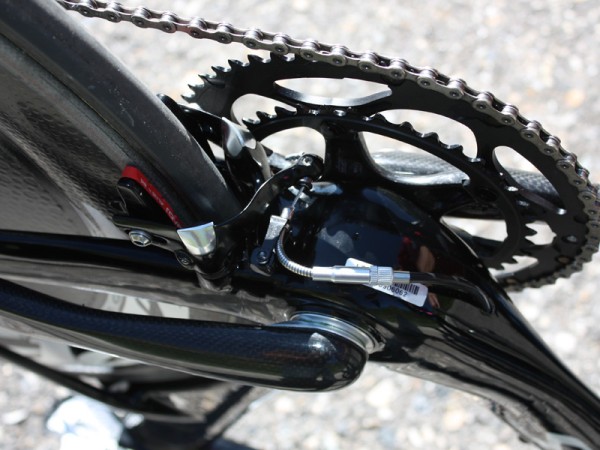
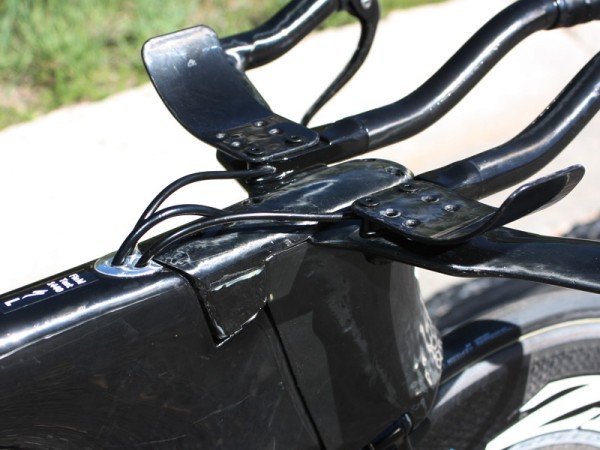
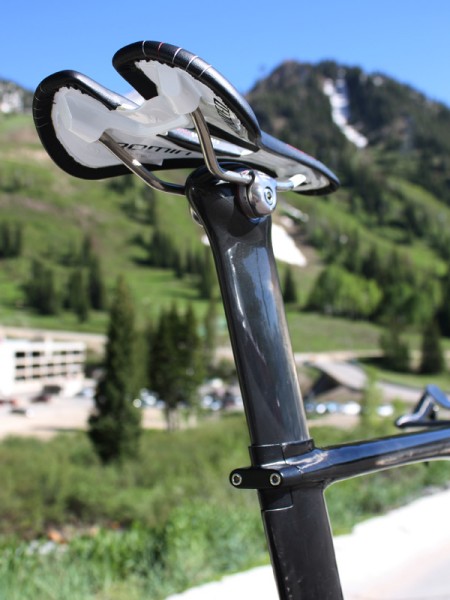
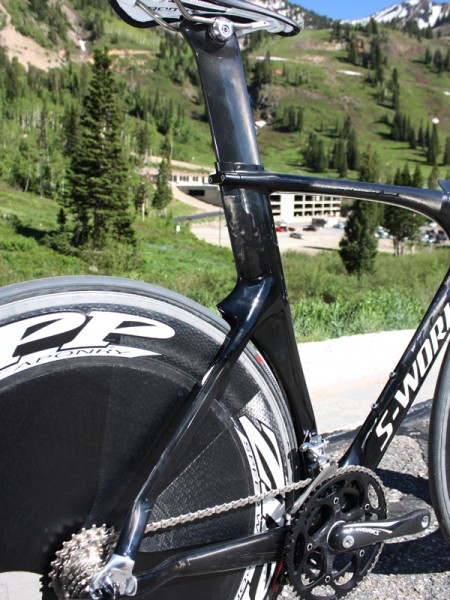
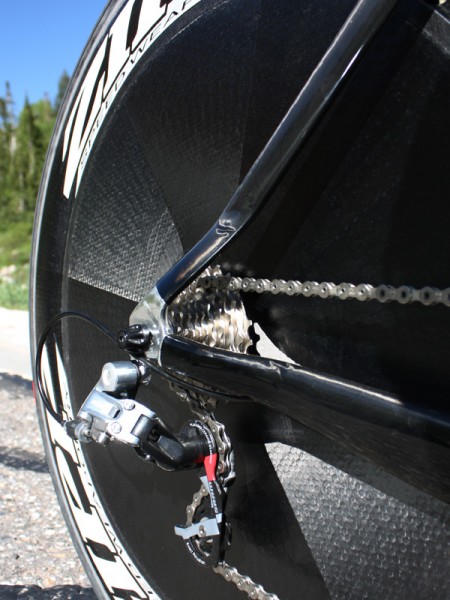
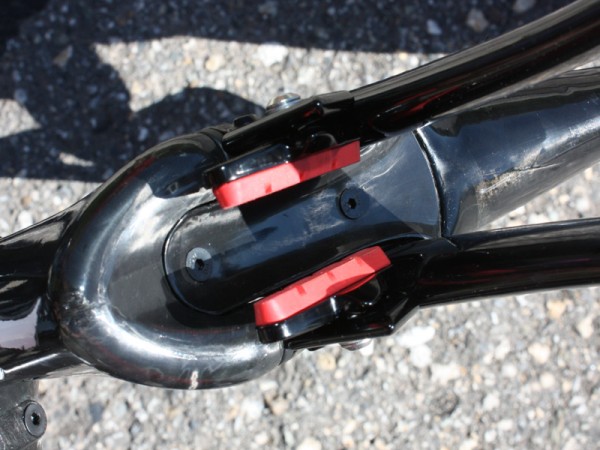
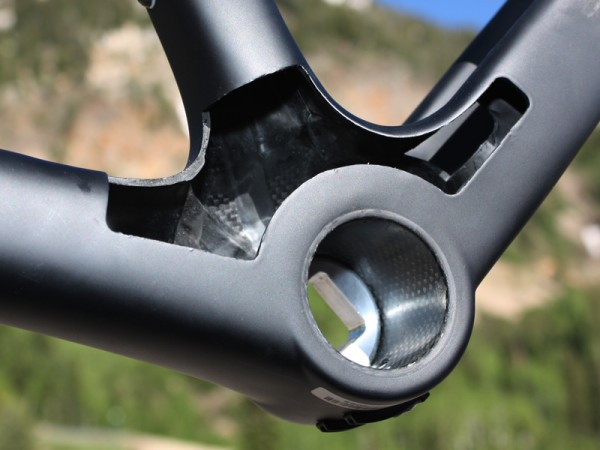
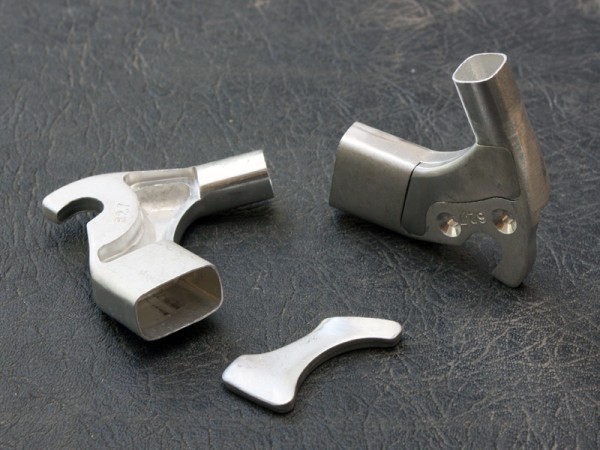
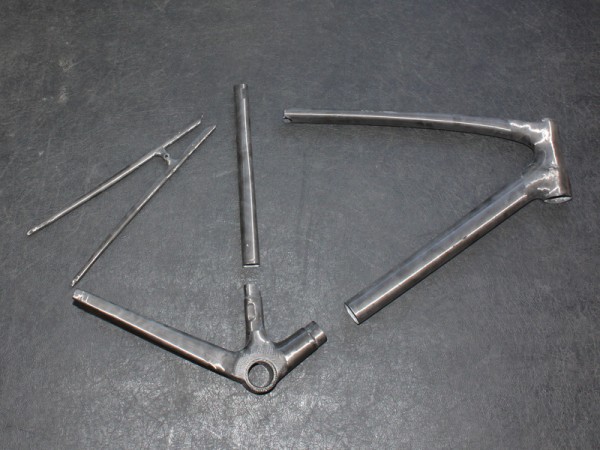
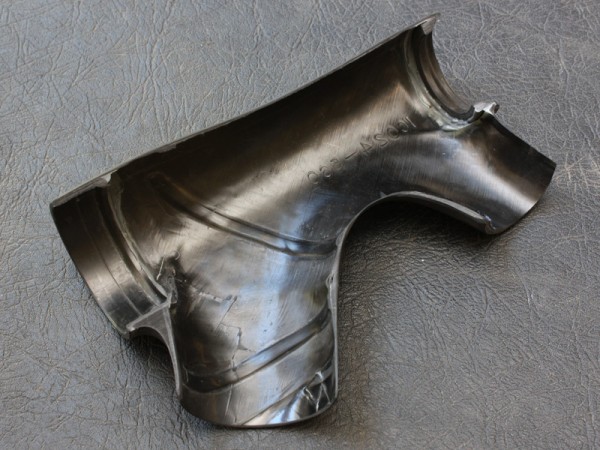
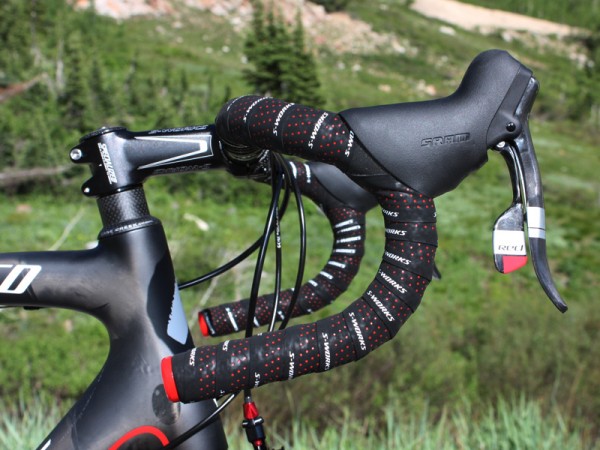
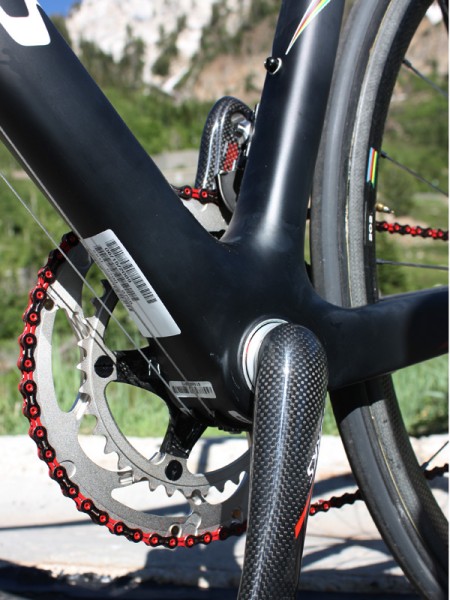

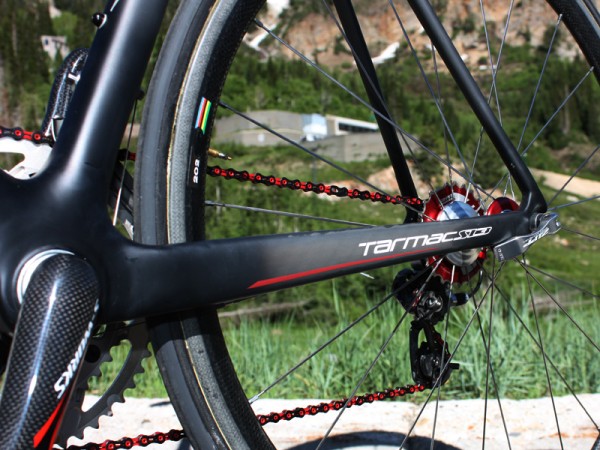
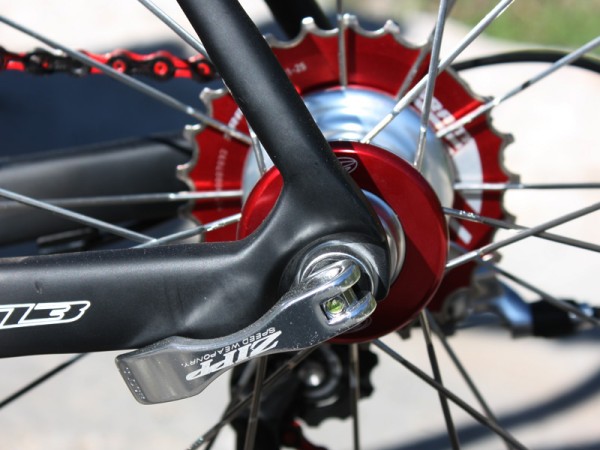
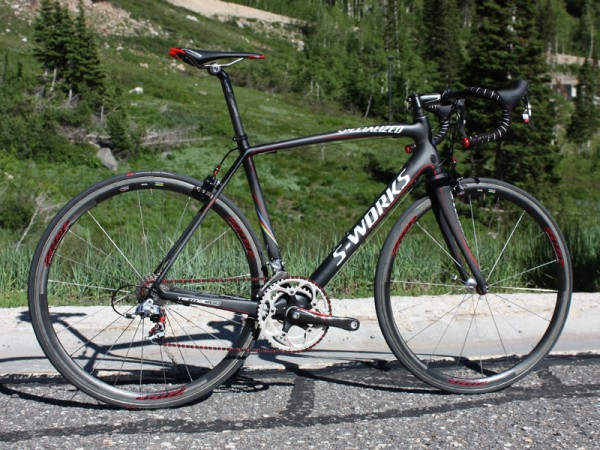
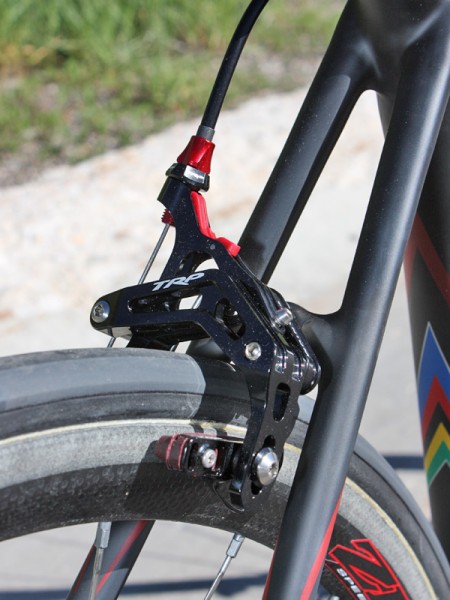
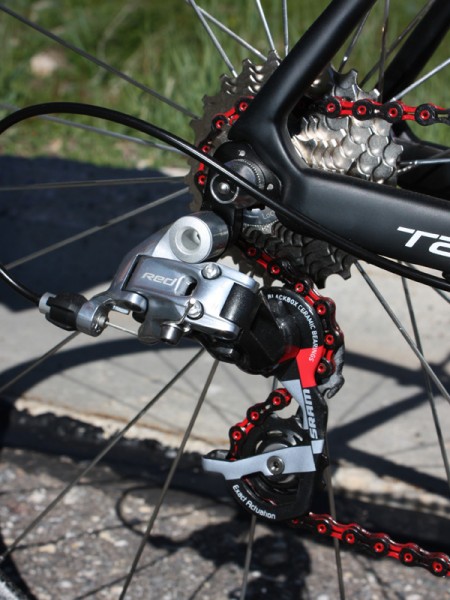

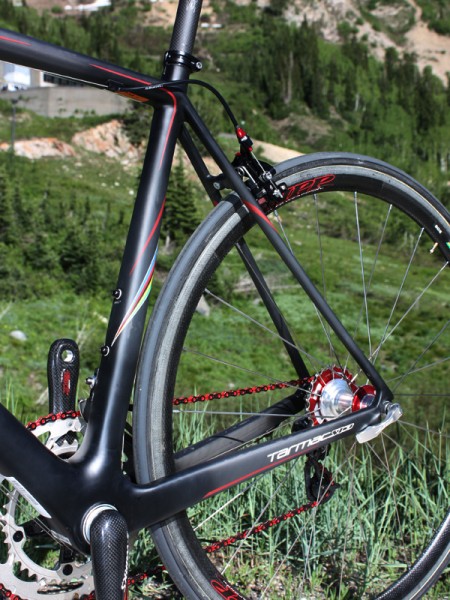
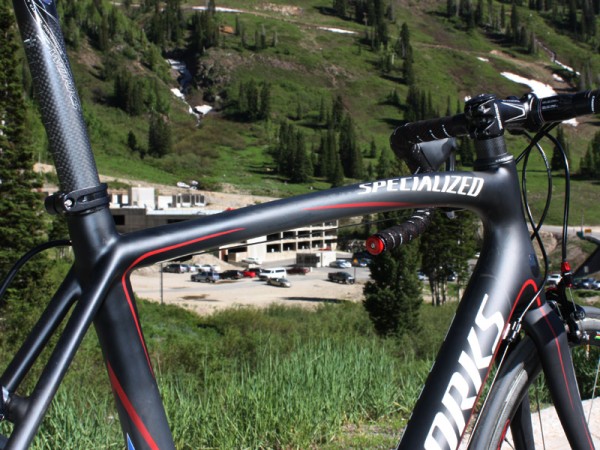
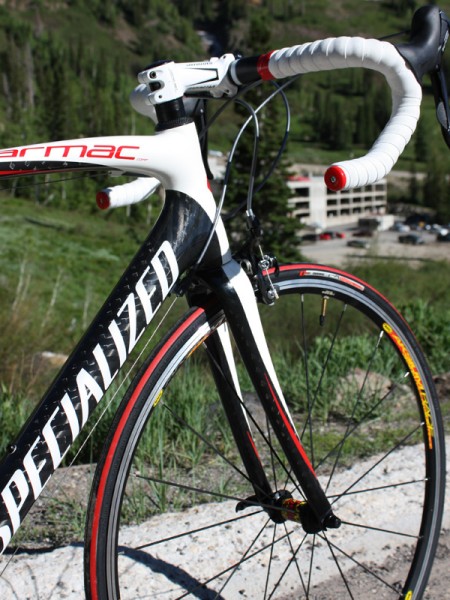
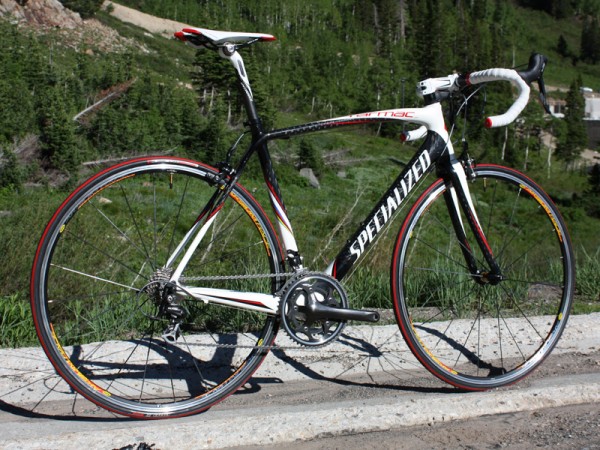
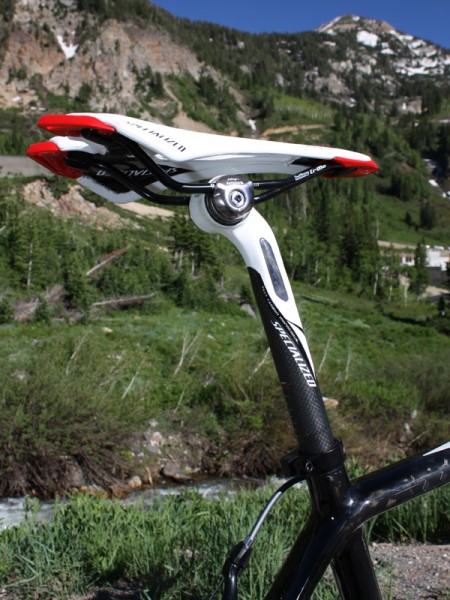

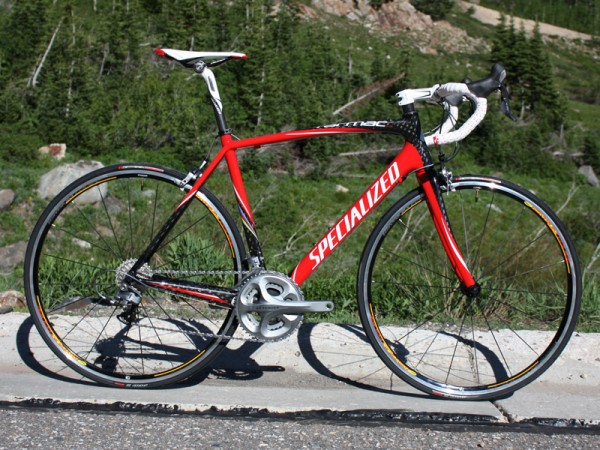
New Tarmac SL3 road race flagship for Quick Step and Saxo Bank
Specialized has expanded on the lessons learned with the current S-Works Tarmac SL2 to produce – what else – the new Tarmac SL3. According to Specialized, the SL3 'module' weight (frame, fork, headset, crankset, seatpost) of 2,047g shaves a rather remarkable 153g off of the already light SL2 while simultaneously increasing both front triangle torsional rigidity and rear triangle stiffness by 18 percent.
But what about drivetrain stiffness?
"The SL2 bottom bracket rigidity had reached a point where even top pros like [Fabian] Cancellara and [Tom] Boonen can't discern a difference any more," said Specialized marketing man Ben Capron. As such, Specialized chose to focus on the other ends of the frame that would yield tangible improvements in handling precision.
Though the Tarmac SL3 bears a strong visual resemblance to the SL2, the two actually have very little in common. In fact, the SL3 frame is even constructed from wholly different assemblies and now comprises just four separate molded parts: the top tube/head tube/down tube structure, the one-piece bottom bracket and bigger and boxier asymmetrical chain stays, newly elliptical seat stays, and the top two-thirds of the seat tube that still transitions from round up top to a more rectangular shape down below.
Stiffening ribs have also been added inside the head tube and around the bottom bracket area, special extra-rigid pitch carbon fibers have been added in, and the integrated bottom bracket now consists of lighter separate pressed-in cups. The rear dropouts are still alloy for durability but they're now deeply relieved forgings with a separate plate welded on to create a trick box-section structure that's both lighter and stiffer than an equivalent molded carbon bit, so says Specialized.
Up front, however, the SL2's alloy headset cups have been traded in for lighter carbon units.
And why no integrated seatpost?
The latest race content, interviews, features, reviews and expert buying guides, direct to your inbox!
Specialized engineer Luc Callahan says his group did investigate the concept but determined there would be no advantage whatsoever in terms of weight, stiffness, or comfort so the SL3 instead retains a conventional 27.2mm round post, which is easier to pack in a travel case, helps retain resale value, and reduces hassle for dealers. Fair enough.
We can't confirm Specialized's assertion that the new Tarmac SL3 offers the highest stiffness-to-weight ratio among all the major players (and it admits that it hasn't tested every frame on the market) but based on our experience on the SL2 – and now our brief taste test of the SL3 – any improvement in that area would be quite an accomplishment.
If nothing else, the complete bikes are undoubtedly light. Specialized will offer the Tarmac SL3 in a variety of build kits but the complete top-end S-Works Tarmac SL3 will weigh in at just 5.95kg (13.1lb) without pedals, aided in no small part by Zipp carbon tubulars, a SRAM Red group, Specialized FACT SL integrated crank with a new carbon fiber spider and lighter chainrings, TRP 970SL forged magnesium dual-pivot brakes, and a new Specialized ultralight carbon fiber classic-bend bar and non-adjustable alloy stem.
One thing that thankfully won't change though is the Tarmac SL2's spot-on geometry and fairly generous spread of six sizes from 49-61cm. Pricing and availability are still to be determined but we would guess the latter to be around the end of 2009 or early 2010.
Cut through drag with the Shiv
The radical Specialized S-Works time trial bike that Saxo Bank's Fabian Cancellara has been piloting over the past few months – to great success, we might add – is now officially called the Shiv and it will be available for public consumption in 2010, albeit in "incredibly limited quantities".
Key features include the in-line level top tube and integrated stem, the enormous forward bulkhead section with the fully enclosed front brake built-in, the almost nonexistent gaps between adjacent components, carefully configured internally routed cables, special shaping around the top of the seat stays, the bottom bracket-located rear brake, and an especially slippery fully integrated aero bar setup.
In spite of the forward section's visual mass, it is its relative bulk and width that actually helps it achieve better drag figures at more realistic yaw angles more typically seen during a real world time trial. Naturally, Specialized claims impressive aero figures for the Shiv: just 513g of drag at 0 degrees yaw relative to the current Transition's 582g; 443g vs. 626g at 15 degrees on the non-driveside; and just 386g vs. 596g at 15 degrees on the driveside – roughly the same as what the non-UCI legal GT Superbike achieved in the '96 and '00 Olympics with its downsized front wheel, no top tube, and the limited componentry associated with its pursuit role.
In fact, Specialized is so confident in the Shiv's aerodynamics that it is openly challenging any other bicycle company to best the bike's performance in the wind tunnel (any takers?).
Aerodynamics is only part of the equation however and according to Specialized, the Shiv is also one of the most confident-handling machines around owing to its near-Tarmac SL2 rigidity figures: 89.1 Nm/degree for the front triangle vs. 92.5 – or roughly 30 percent better than its nearest competitor, claims Specialized.
The front end is especially stout. Though the tapered 1"-to-1 1/8" carbon steerer tube isn't all that solid on its own, the forward bulkhead is firmly bolted to the fork at both the top of the steerer and at the crown for a fully boxed-in structure and the larger lower bearing also allows for a broader down tube. The top tube is rather broad as well and down below, the Shiv boasts heaping amounts of carbon fiber around the bottom bracket area. Both the chain stays and seat stays are also imposingly sizeable and in fact, very little about the Shiv's shaping even remotely suggests the idea of 'spindly'.
As if that weren't already enough, the Shiv is light to boot: claimed frame weight is around 1,300g and a complete bike with a Zipp Sub-9 carbon tubular rear disc and 1080 deep-section front wheel, FACT integrated carbon crank and a SRAM Red group is just 7.6kg (16.8lb).
Explicit UCI approval is still in progress but Specialized adamantly insists the bike is 'UCI-compliant' and it has already been used in competition at both the Giro d'Italia and the Tour de Suisse – cross your fingers.
Specialized will offer the Shiv in four frame sizes, all measured using the easier-to-interpret X-Y 'stack and reach' system that is quickly gaining favor through the industry. As Shiv is intended as a pure road time trial machine, Transition will remain in the lineup as a more versatile TT/Tri rig and will even gain three sizes for a new total of six.
Shiv pricing is still to be determined but the 'extremely expensive' descriptor will almost assuredly apply.
More value and performance through rest of range
The Roubaix chassis range will carry into the 2010 model year unchanged but Specialized will add a less expensive variant called Secteur that uses identical geometry but in aluminum. The top-end Secteur Comp will include carbon seat stays – similarly shaped to the full-carbon Roubaix – and a lighter weight fork with carbon blades, a carbon crown and an alloy steerer tube, along with vibration-damping Zertz inserts at either end. Claimed frame weight is a competitive 1,300g.
Lesser Secteur frame models will use Zertz-free aluminum stays – still similarly curvy for extra give – and an aluminum fork crown.
In the Tarmac range, much of the high-tech features from 2009 models will trickle their way down through the family for 2010. The current Tarmac SL2 features will now roll over into the Pro and Expert frames, this year's Expert becomes next year's Comp, and the revised Elite will gain the more elaborate shaping of more upscale Tarmacs.
Given that these mid-range frames will effectively offer similar stiffness levels as top-end models from just a couple of years ago, consumers that have been biding their time over the past few seasons will now be able to get pro-class levels of performance but at a fraction of the cost. Who said the slumping economy was a bad thing?
Stay tuned for more upcoming information on Specialized women's road bikes as well as other components and accessories coming soon.